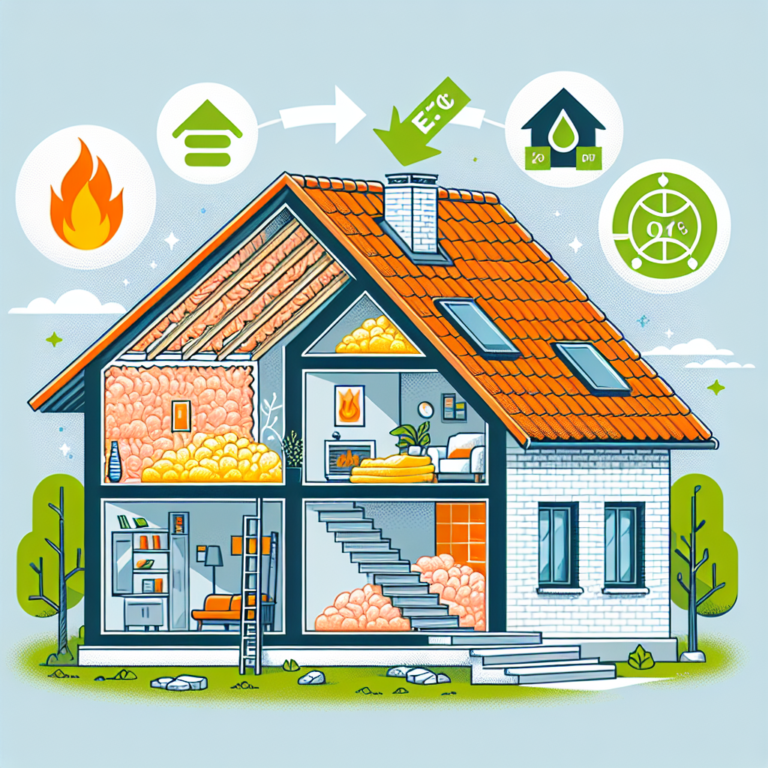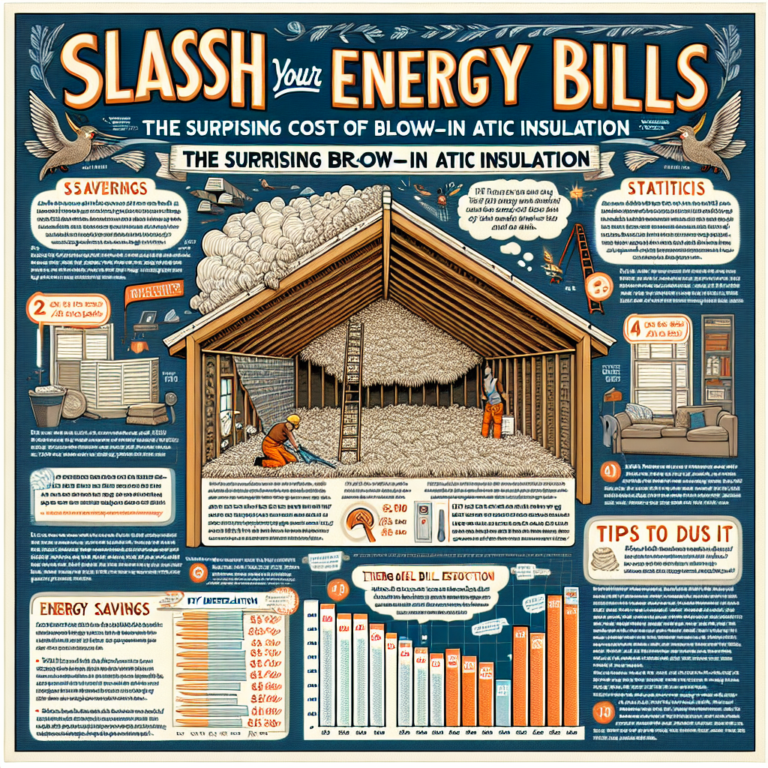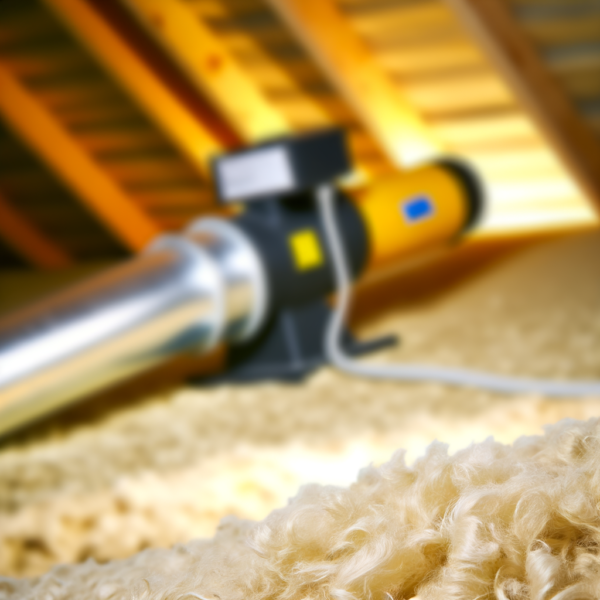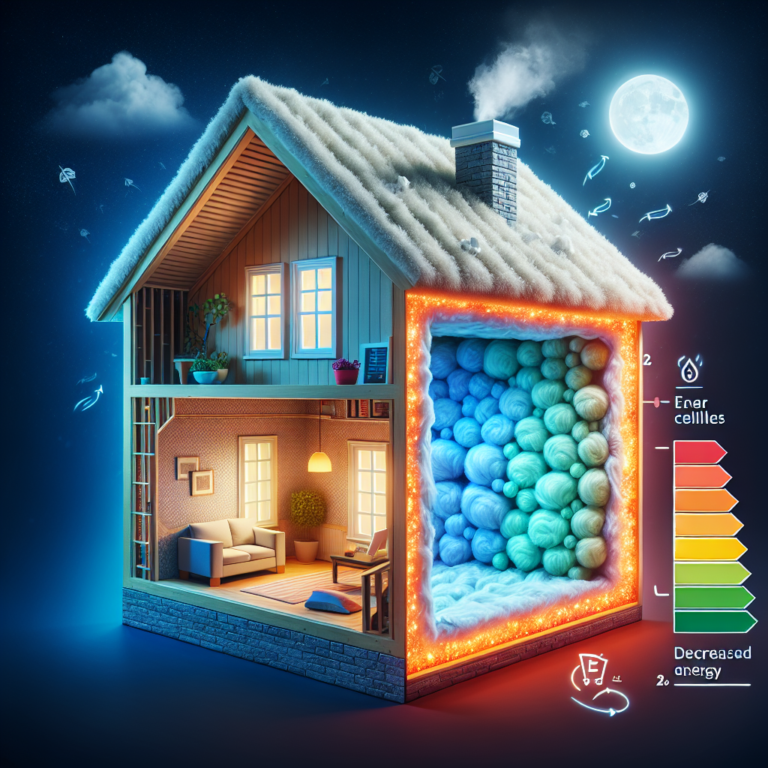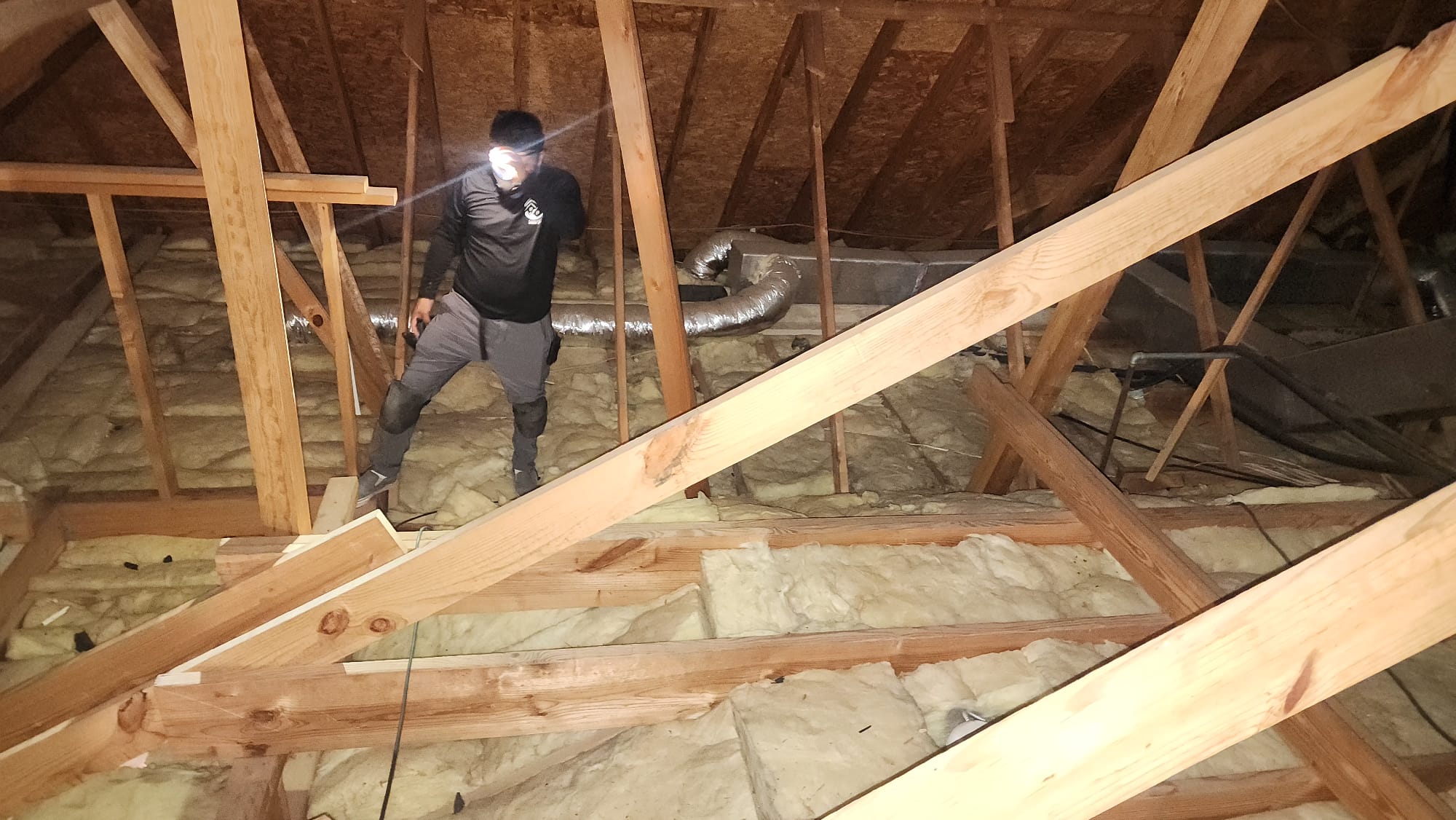Transform Your Home with Blown Fiberglass Attic Insulation: The Ultimate Guide
Efficiently insulate your home with blown-in insulation – keeping you cozy and saving you money!
Introduction
If you’re tired of paying high energy bills or living with uneven temperatures, blown fiberglass attic insulation could be the game-changer your home needs. Blown fiberglass attic insulation uses a fine web of glass fibers, mechanically blown into your attic, to seal gaps and create a continuous thermal barrier. In this guide, we’ll explore why this solution is booming in popularity, how it’s installed, and tips to maximize its performance.
H2: Why Choose Blown Fiberglass Attic Insulation?
Blown fiberglass attic insulation offers unique advantages over traditional batts or rolls.
• Superior Coverage: Loose fibers fill every nook, corner, and crevice—no wasted space.
• High R-Value per Inch: More resistance to heat flow, keeping your home comfortable year-round.
• Moisture and Pest Resistance: Inorganic glass fibers won’t absorb moisture or attract pests.
• Durability: Unlike cellulose, fiberglass won’t settle over time, preserving its insulating power.
H2: Benefits of Blown Fiberglass Attic Insulation for Your Home
1. Energy Savings
• Seals air leaks and reduces drafts, cutting winter heating and summer cooling costs by up to 20%.
• Stable R-value means your HVAC system works less to maintain set temperatures.
2. Enhanced Comfort
• Eliminates chilly spots in winter and overheated areas in summer.
• Creates a quieter home by dampening outside noise.
3. Environmental Impact
• Often contains recycled glass, lowering landfill waste.
• Reduces overall carbon footprint through improved energy efficiency.
4. Health and Safety
• Doesn’t off-gas harmful chemicals.
• Seals out dust, pollen, and allergens that can enter through cracks and gaps.
H2: The Installation Process for Blown Fiberglass Attic Insulation
Step 1: Prepare the Attic
• Clear debris and store items away from work zones.
• Push aside or remove any old insulation to ensure a level base.
Step 2: Measure and Baffle
• Calculate square footage to determine required material.
• Install baffles (vent chutes) between rafters to maintain attic ventilation and prevent moisture buildup.
Step 3: Blowing In the Fiberglass
• A professional brings a blowing machine, typically positioned outside.
• Fiberglass is fed into the machine, then blown through a hose into the attic.
• The installer uses a rake or insulation blower wand to distribute fibers uniformly—avoiding compression.
Step 4: Seal and Finish
• After achieving the target depth (often 12–16 inches for optimal R-value), seal attic hatches, light fixtures, and ducts.
• Ensure proper airflow by keeping vents and soffits unobstructed.
H2: Tips for Maximizing Energy Efficiency with Blown-In Home Insulation
• Air Sealing First: Seal cracks in walls, around windows, and electrical penetrations to prevent air leaks that insulation alone can’t stop.
• Right Depth, Right R-Value: Consult local building codes or an energy auditor to determine the ideal insulation depth for your climate zone.
• Combine with Attic Ventilation: Proper intake and exhaust vents prevent overheating and moisture issues that can degrade insulation performance.
• Inspect and Top Up: Every 5–10 years, check insulation levels and add more if settling has occurred or energy costs rise.
H2: Common Questions About Blown Fiberglass Attic Insulation
Q1: How long does blown fiberglass attic insulation last?
A1: With proper installation and no major disturbances, it can last 20–30 years without significant settling.
Q2: Will it irritate my skin or lungs?
A2: Wear basic protective gear—gloves, goggles, and a dust mask. Once settled, fiberglass fibers are locked in place and won’t become airborne.
Q3: Can I install it myself?
A3: DIY kits exist, but professional installation ensures correct density, avoids gaps, and maintains attic ventilation.
Conclusion
Blown fiberglass attic insulation is a smart, long-term investment that transforms comfort, cuts energy bills, and supports a greener home. By filling every gap with high-performance glass fibers, you build a continuous thermal shield above your living space. Whether you’re building new or retrofitting an older home, consider blown fiberglass attic insulation for a cost-effective way to boost efficiency, improve air quality, and enjoy consistent indoor temperatures year-round.


